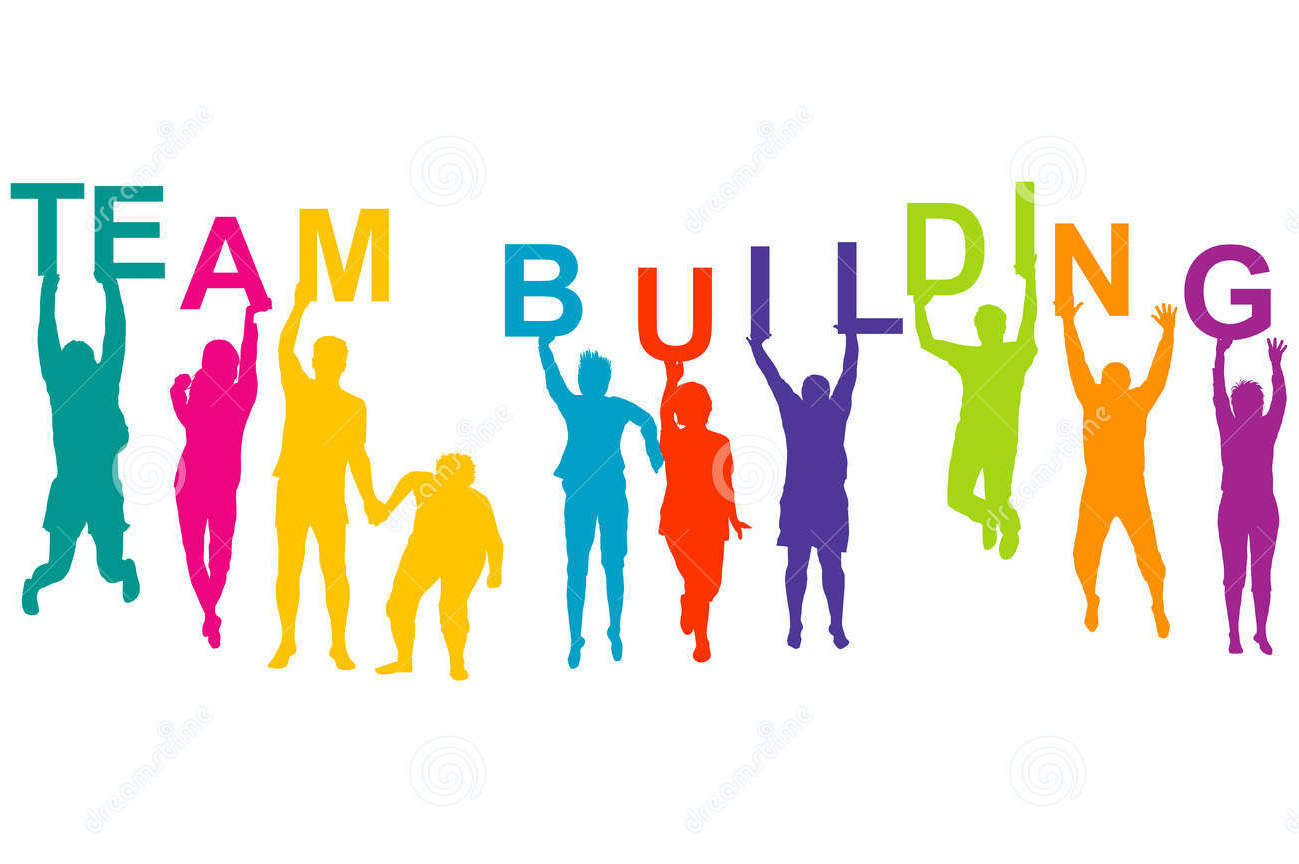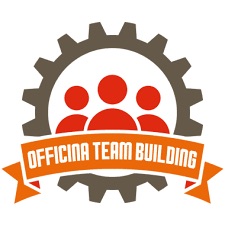TEAM BUILDING is a set of training activities, variously defined as team games, team experiences, team wellbeing (playful, experiential or well-being), whose purpose is the formation of a group of people.
Features:
The construction of the group can have a training value, if associated with a detailed analysis of the needs, with structured debrief phases or it can simply have a playful value, if the objective is to entertain the group and give a feeling of belonging to a team. The activity stimulates companies to reflect on the importance of working in pleasant relational contexts.
International team building is the term that indicates specific methodologies born and developed to work on groups and in particular on task-oriented work teams. His activity focuses on the development of a company's distinctive skills, creating a sense of identity for each member of the team.
The team building activity is carried out and conducted by expert staff, trainers who can take advantage, for certain activities, of advice from professional technical experts in the specific sector, for example Instructors of various disciplines.

Practical aspects:
It can be defined as experiential in that it makes the "experiences" of the participants live, which are solicited through exchange and contact with others in an atmosphere of interaction. This leads team building to be an incentive and training tool. Living in the first person facilitates the possibility that the experience turns into learning that changes our behaviors and has an impact that remains in our memory for a long time. To make the best use of the resources of individuals in the group, organizations create seminars to make participants understand the rules that are part of a group's life and then try to develop them in the real organization.
Application contexts:
Many companies exploit the potential given by this activity when they are faced with a newly formed group or when the group is in crisis or when it is under stress or simply does not get the expected results. The team building has therefore borrowed and reworked some recreational, sporting, theatrical, musical activities and so on, becoming more and more a flexible and articulated container. There remains the need to know how to distinguish "educational" and constructive team building from the predominantly "playful" team building. In the first case the goal is the awareness of the participants in the change, in the second case the goal is the experience itself.
Internationally, the term team building indicates specific methodologies born and developed for working on groups. Team building in Europe is growing in popularity, to date team building is fragmented into multiple operating modes, such as team games, team experiences, whose activities are sometimes purely playful, experiential such as Soft-Air, boat navigation Sailing, or wellness, to create the group through the satisfaction and pleasure of individuals, contact, communication, empathy.

Aims:
There are many objectives that team building can pursue such as: making people known in depth; stimulate and increase collaboration; building and strengthening interpersonal relationships; create a climate of trust and esteem among the companions; develop creativity, listening, empathy, motivation, cohesion, integration, leadership; work for goals; know and recognize oneself in the mission and in the corporate values; evaluate and appreciate the aptitudes, skills and potential of individuals.
Classic examples can be to make people who know each other only superficially know each other in a deeper way, increase trust in their colleagues, improve the level of collaboration, encourage communication.
The ultimate goal must always be to make the group feel like a real team.
Since a one-off intervention is an end in itself; in order to have positive returns in terms of performance, more annual interventions are required in subsequent meetings.
Phases:
The construction of the working group can take place in several ways, including:
Indoor: in the classroom or in the gym with the help of small techniques or "short techniques". With the participation of individual subjects through direct activities with simulations of self-defense roles and self-esteem techniques (role-playing games), films, discussions, business games.
Outdoor: outside the classroom, they are exercises that allow the use of metaphors such as team play activities (sports in general, soft-air, sailing, mountaineering, personal defense, etc.). From these activities we learn from a real but unfamiliar situation, in many cases in contact with nature, facing concrete challenges and difficulties. To make the outdoor training activity each experience must be followed by a moment of reflection in which the feelings and emotions lived in the test are collected. This helps individuals to connect the experience with their own business reality, thus making a conceptualization of the contents.

The Theory - Group Dynamics:
Forming
Storming (exchange)
Norming
Performing (efficiency)
Adjourning (update)
The factors:
Objective
Method
Role
Communication
Climate
Development